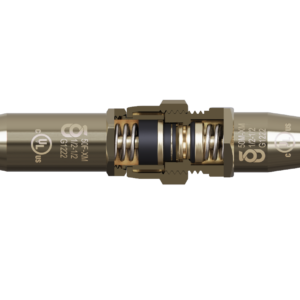
Difference Between AC and DC Coupling in the Conditioning & Refrigeration Industry
AC coupling lets only changing signals through, blocking steady ones. It’s like focusing on waves in the ocean but ignoring the overall water level. DC
Lorem ipsum dolor sit amet consectetur adipiscing, elit ultrices semper parturient primis curae, quisque ligula conubia mollis odio. Tempus mollis euismod facilisi lobortis arcu nibh massa, habitant nulla orci hac sem. Eleifend accumsan a aptent lectus posuere donec montes cubilia ut, primis litora neque dictum sociosqu torquent nam platea ullamcorper, urna elementum placerat sociis erat sed ac penatibus. Neque enim urna purus turpis facilisis nam laoreet interdum quisque, aliquet class fames ad dictum lobortis rutrum. Accumsan nullam natoque fames tempor sed leo, cursus cubilia scelerisque pretium parturient aliquam vulputate, egestas sociis maecenas fermentum in.

AC coupling lets only changing signals through, blocking steady ones. It’s like focusing on waves in the ocean but ignoring the overall water level. DC
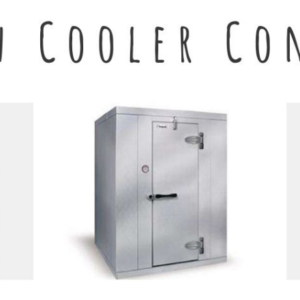
A dairy farm is one of the most versatile and innovative agriculture ventures you can ever get into. It brings us closer to many animals,
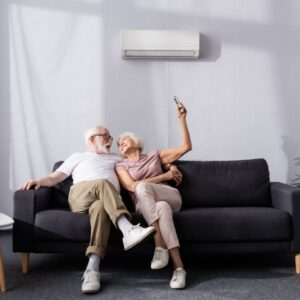
Have you ever walked into your house after being outside all day hoping for a cool, refreshing breeze only to find that it feels stuffy
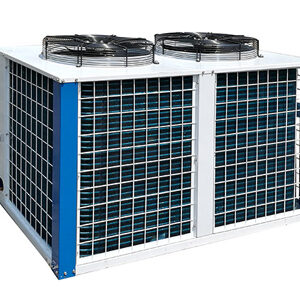
So, you are in the market looking for some cooling solutions and keep coming across these terms – chillers and condensing units. Naturally, you might
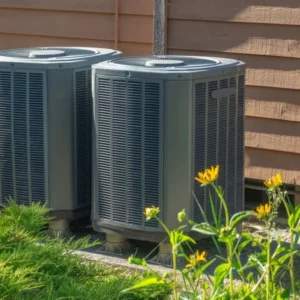
A leaking AC can damage the walls, the internal electric circuit and even cause temperature fluctuations at different times of the day. Fortunately, it is

Choosing the best commercial refrigerator for your restaurant or food service business involves considering several important factors. Here’s a detailed guide to help you make

Supermarkets are a cornerstone of modern society, ensuring that fresh produce and perishable items are readily available to communities. Behind the scenes, the beating heart
Introduction We understand that home maintenance can be overwhelming, but taking care of your air conditioning system is crucial for a comfortable and efficient living
Craft is where engineering, technology, and manufacturing, converge to create
solutions that improve the quality of life.
By using this site, you are aware of the Terms of Use and Privacy Policy.
The material on this site may not be reproduced, distributed, transmitted, saved, or used without explicit permission from Craft Inc. This site is protected by reCAPTCHA and the Google Privacy Policy and Terms of Service apply.
